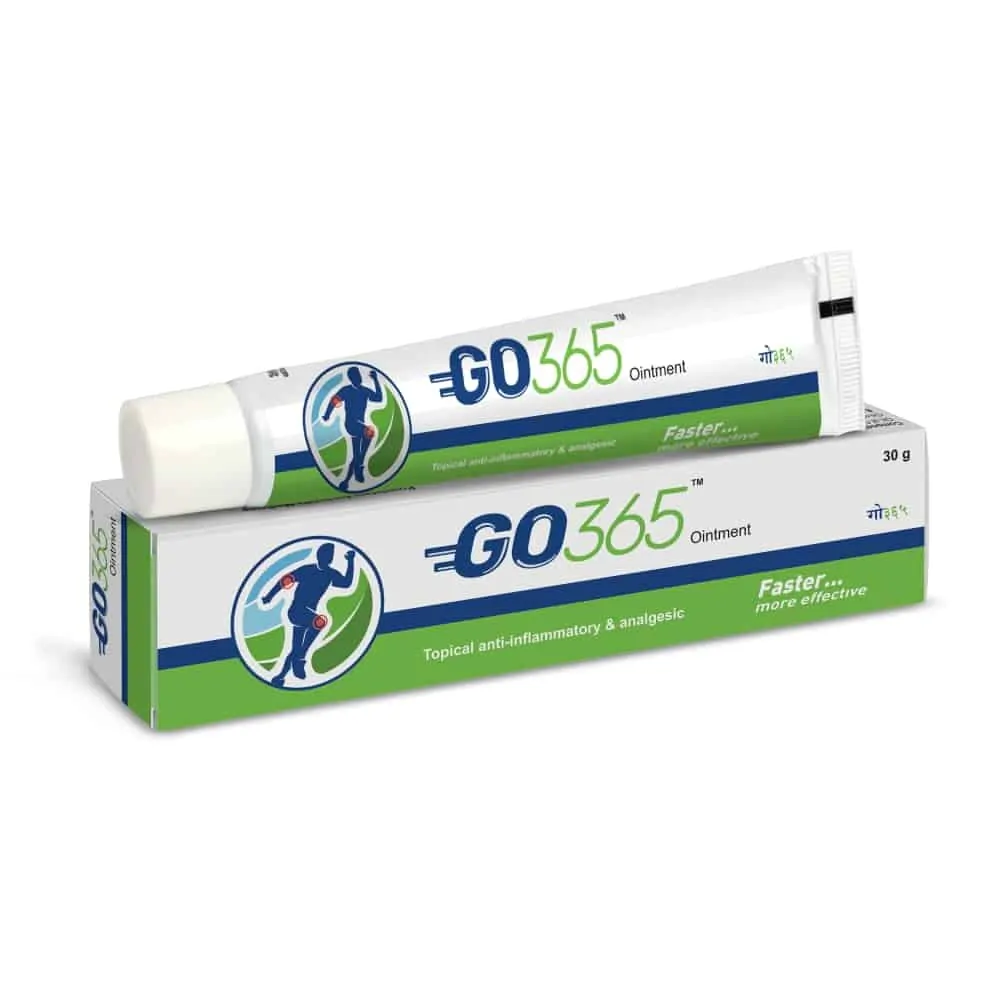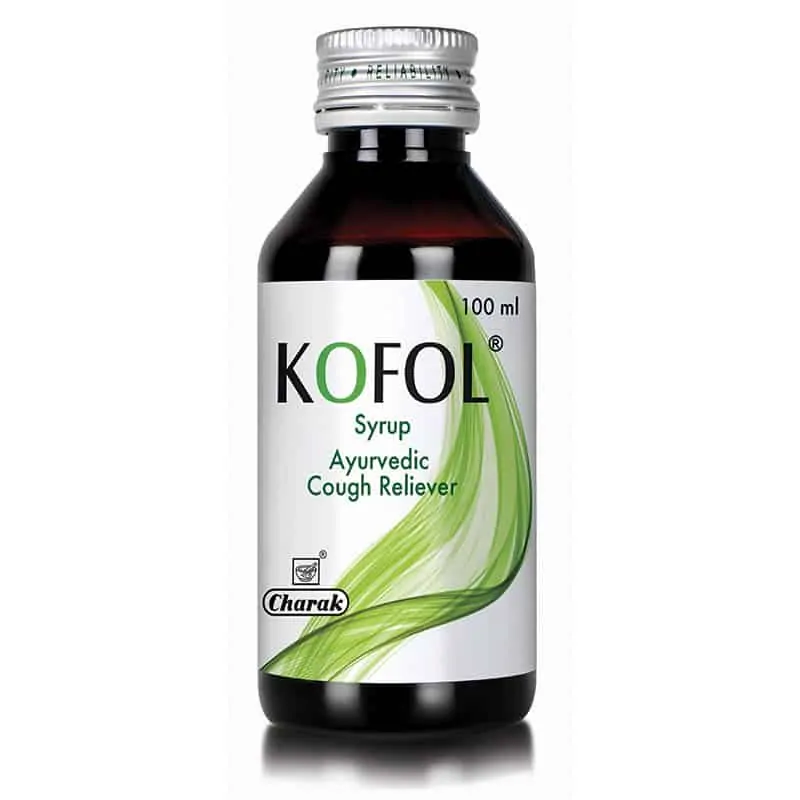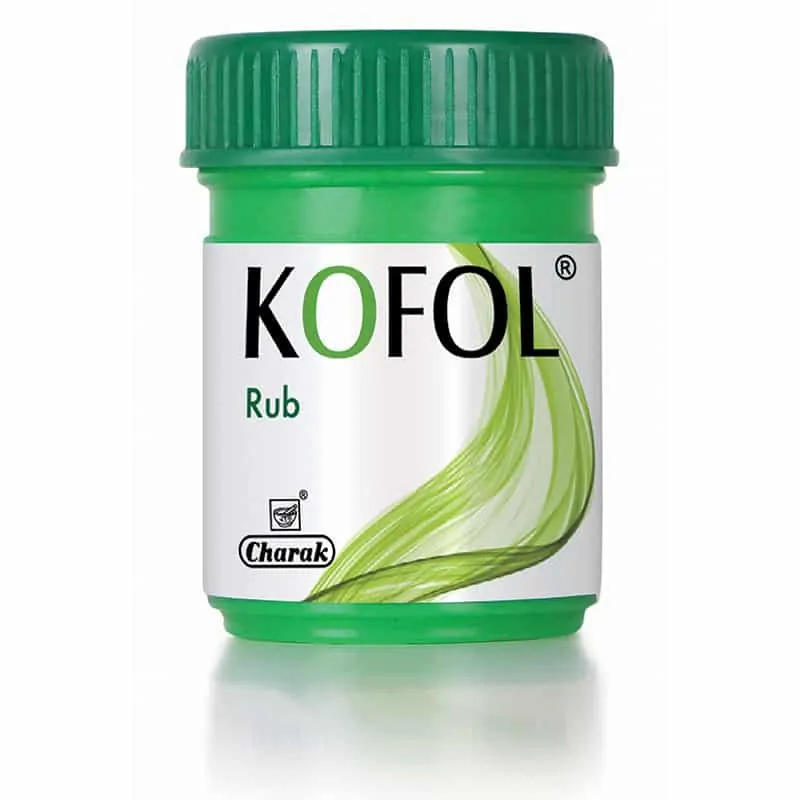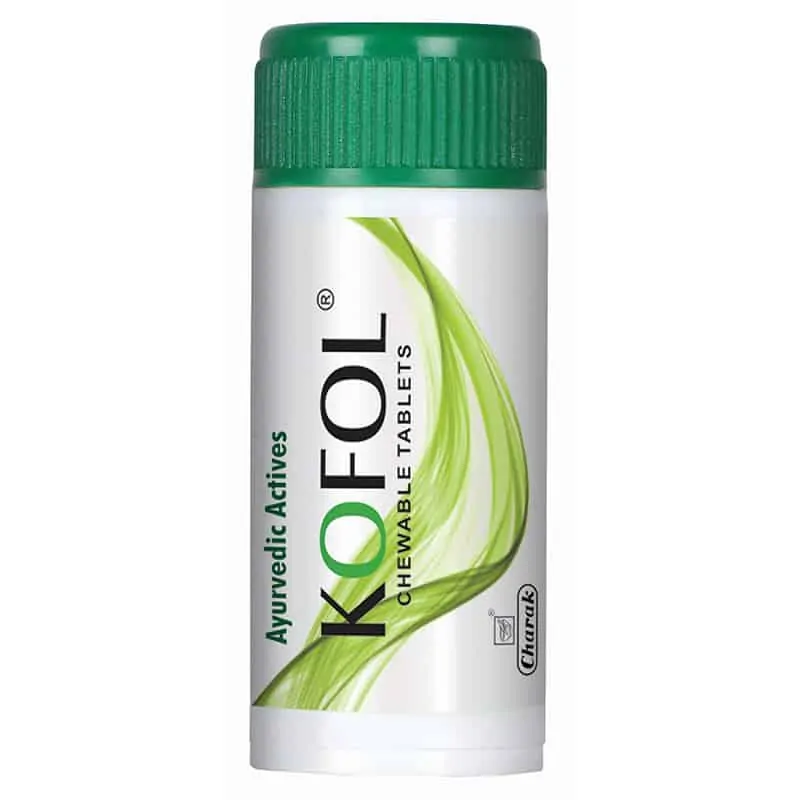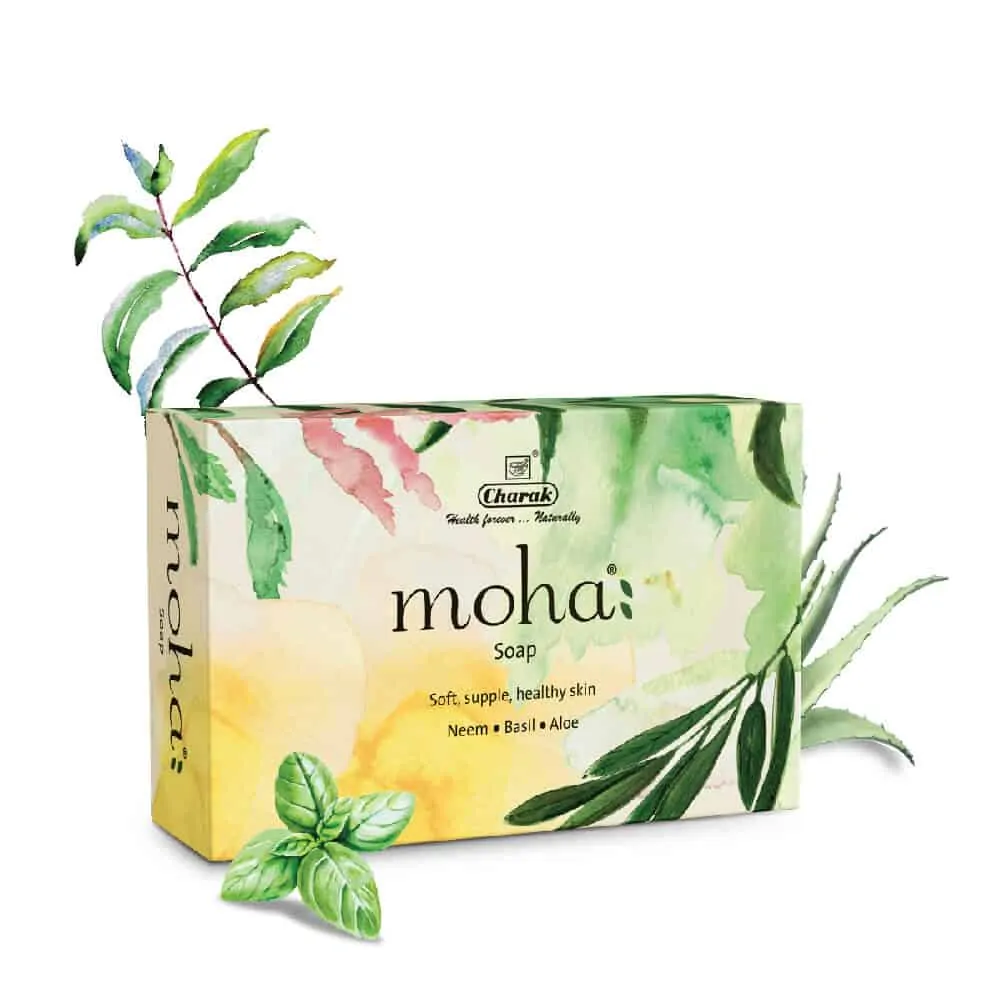Contact Us : Charak Pharma Pvt. Ltd
501/A, Poonam Chambers,
Dr. Annie Besant Road,
Worli, Mumbai – 400 018
Email : [email protected]
[email protected]
Chat with us : 11 AM – 5 PM online
+91 8657451582 (Monday - Friday : 9 AM - 6 PM)
Careers: Apply now!

